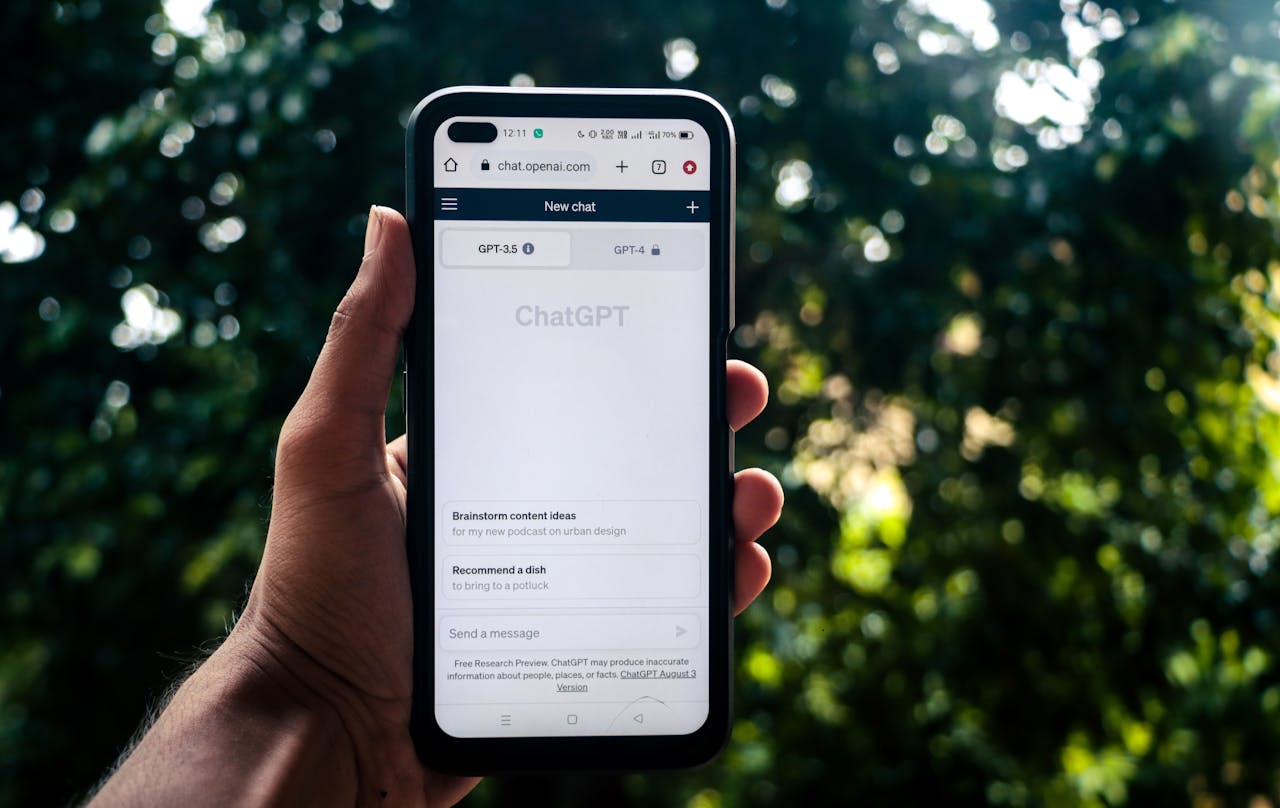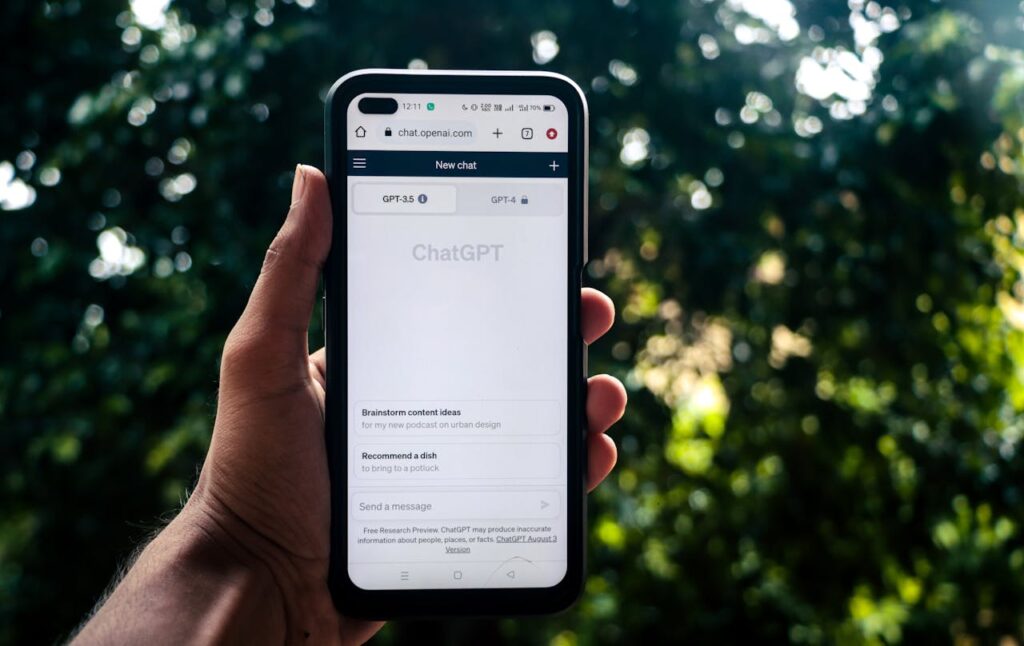Physical Address
304 North Cardinal St.
Dorchester Center, MA 02124
Physical Address
304 North Cardinal St.
Dorchester Center, MA 02124

What is prompt engineering? Learn what it really means (in plain English), why it matters for small business owners, and how to start writing better AI prompts today—no tech background needed.
You’ve probably seen the phrase “prompt engineering” floating around if you’ve spent even five minutes reading about AI tools like ChatGPT. But, what is prompt engineering? Depending on who’s saying it, it either sounds like some elite tech skill or yet another thing you “should” be learning to keep up.
But let’s be real—most small business owners don’t have time to pick up a new specialty. You’re busy running a business, not mastering AI terminology. The good news? You don’t need to be an engineer to use AI well. You just need to understand what prompt engineering actually is—and how small tweaks in how you ask for things can save time, reduce frustration, and give you much better results.
In this post, I’ll break down what prompt engineering means (in plain English), why it matters, and what you actually need to know to start using AI more effectively today.

Despite how it sounds, “prompt engineering” isn’t some advanced programming skill reserved for developers or AI researchers. At its core, it just means learning how to ask better questions—or give better instructions—when you’re using a tool like ChatGPT.
That’s it.
Think of it this way: when you type something into ChatGPT, you’re giving it a “prompt.” That prompt is your input, and the quality of the output you get depends heavily on how you phrase that input. Prompt engineering is simply the process of refining how you ask for what you need so you get better, more accurate, or more useful results.
It’s kind of like ordering at a restaurant. Saying “I’ll have the chicken” might work—but saying “I’ll have the grilled chicken with no sauce, extra vegetables, and the dressing on the side” gets you exactly what you want. ChatGPT works the same way.
You don’t need to memorize formulas or understand how the tech works behind the scenes. You just need to get better at telling it what you want in a clear, specific way. And now you know the answer to “What is prompt engineering!”
Here’s why this matters: the way you phrase your prompt directly affects how useful ChatGPT’s response will be. A vague or overly simple prompt might give you something generic or off-target. A more thoughtful prompt—just a little more context, a clearer request—can give you something that actually saves you time and feels ready to use.
Let’s look at an example.
Prompt A:
“Write a caption for my business.”
Prompt B:
“Write a friendly Instagram caption for a spring sale at my pet grooming business in Bucks County. Keep it short and playful.”
The first prompt will likely get you something you need to rewrite entirely. The second one will get you something much closer to done. Same tool. Same person using it. The difference is the prompt.
And this isn’t just about writing. Whether you’re asking ChatGPT to help you brainstorm blog topics, summarize a meeting, or create a checklist, a better prompt means a better starting point—and less editing, less frustration, and more time back in your day.
You don’t need to become a prompt engineer. But learning how to give clearer, more specific instructions can absolutely make AI tools more useful in your everyday work.
If you’re running a business, you don’t need to dive into prompt engineering as a full-blown discipline. But you should know how to ask for what you need in a way that gets better results. That’s really all it is—learning to be clear, specific, and a little more intentional with your requests.
Here are a few simple tips to get you started:
You don’t need fancy language or special formatting—just think about what you’d say to a real assistant and type that.
We’ll go deeper into how to build better prompts in future posts, including how to automate more of your tasks with tools like Make.com. For now, even small changes in how you ask can make a big difference in what you get back.
So, now you have the answer to “What is prompt engineering.” It’s the basics, but you get the drive If you’ve already started experimenting with ChatGPT, try one of the tips above the next time you write a prompt. Make it just a little more specific, and see how much better the results get. You don’t need to overthink it—you’re just learning to ask smarter questions.
If you try something and it doesn’t work the way you hoped, drop a comment and let me know. I’m happy to take a look and help you tweak it. We’re all learning this stuff together—and I’ll be sharing more in upcoming posts to help you keep improving without the overwhelm.